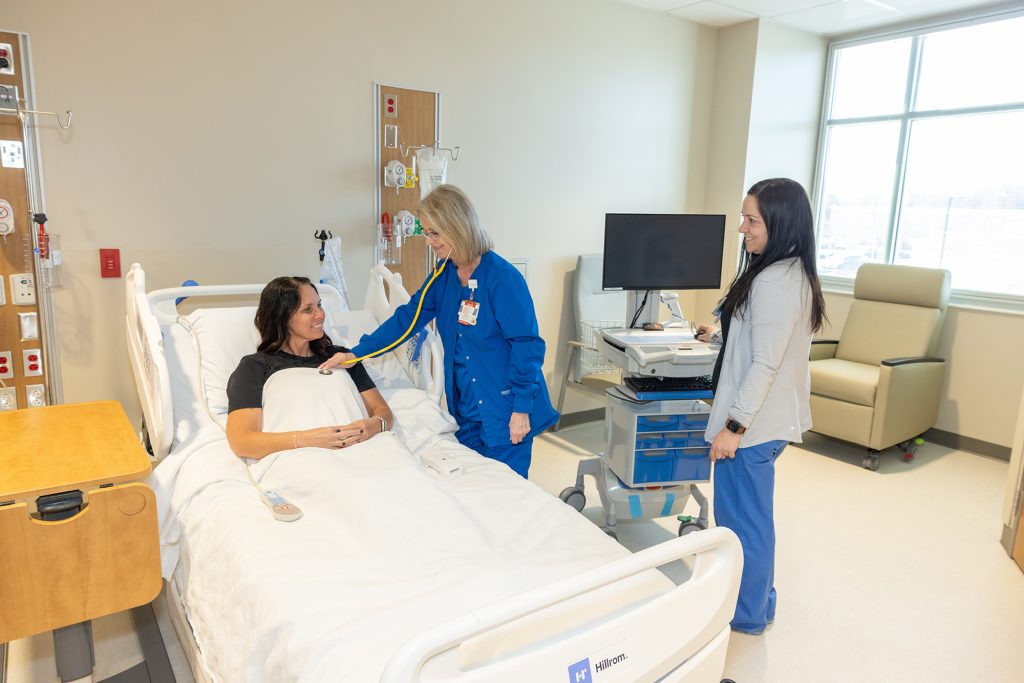New Patient Tower opens at Tennova North to better meet the needs of the community
This past Friday, Tennova North Knoxville Medical Center officially opened the doors of its new Patient Tower. This four-story expansion of its Powell facility, which itself opened back in 2007, includes 140 new beds for patients with various levels of care needs. The Tower also represents Tennova’s attempt to make the care they provide more efficient and more accessible.
“Our organization made a promise to this community in 1999 to serve the community,” says Tennova CEO Bill Rich. This tower, he says, is an investment to help fulfill that promise.
According to the Tennessee Department of Health, much of northeastern Tennessee struggles to have regular access to healthcare. Most counties north or east of Knox have only a single hospital; as of 2020, two counties – Union and Grainger, some of Knox County’s closest northern neighbors – have no hospitals at all.
“We get ambulances from Claiborne, Scott, Anderson, and Union,” says Rich. “They all come to us, and it’s important for them to get back on the road because they’re driving an hour or farther to get back to their counties.”
Rural areas of northeastern Tennessee also have lower rates of insurance coverage, which corresponds closely with fewer preventative care visits with primary care physicians.
“A lot of people still don’t have primary care providers, and so they choose the emergency room because they’re not sure where to go,” says Rich. “We built a results waiting and fast track area to keep patients vertical who don’t need to be laid in a bed.”

Maintaining a process to distinguish between “vertical” and “horizontal” patients can be significant for healthcare providers. The results and fast track areas give EMS personnel and other personnel responsible for intake a place to evaluate incoming patients outside the emergency room. This allows them to quickly get a patient in, determine the severity of their ailment, and get them to the proper place for their treatment without taking them all the way into the ER, Rich says, which may be needed for more serious cases. When emergency rooms aren’t pulling double-duty as a catch-all for incoming patients, he adds, the system can run much more efficiently and make sure all the patients who need emergency levels of care have access more quickly.
This plays into a critical part of Rich’s plan: to improve patient outcomes, you also need to improve things for the medical professionals who do the work on the ground. Some of that is making the system more efficient, so there are fewer obstacles for healthcare workers, but some of that is also making sure the workers themselves are getting the support they need – especially in a post-COVID world. Rich recalls the words of a former coworker at Mercy Healthcare, Sister Betty: “You have to refill your cup if you expect to give from it.”
While much of the Patient Tower is now open to the public, the fourth floor has been set aside for future development, ensuring that the North Knoxville Medical Center is ready, not just for the needs of East Tennessee in 2024, but for the needs of the future.
You can read more about the Patient Tower on Tennova’s website here.

Comments are closed.